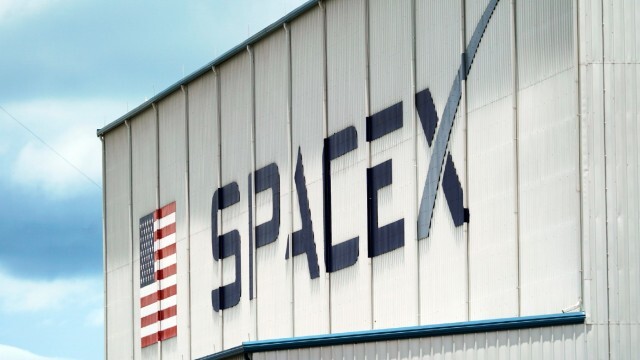21.02.2023

On Feb. 9, SpaceX’s Superheavy rocket shattered the south Texas calm as 31 of its 33 engines ignited in a brief static fire test. Although one engine failed to start and another shut down as the test began, CEO Elon Musk expressed satisfaction with the results. Even with 31 engines, Superheavy would have achieved orbit.
NASA Administrator Bill Nelson was fulsome in his praise of the success on Twitter, noting, “It was great to see @SpaceX take a big step forward with Starship’s hot fire test! Starship is integral to @NASA’s Moon to Mars architecture and helping us land astronauts on the Moon. SpaceX’s success is NASA’s success is the world’s success.”
When he was a United States senator, Nelson seemed hostile to the idea of commercial space in general and SpaceX in particular. Since then, he has undergone a conversion experience as profound as that of St. Paul on the road to Damascus.
The question now is, what comes next?
Musk says he hopes that the first orbital test of the Starship/Superheavy system will occur in March. A couple of things must happen between now and the first orbital launch.
First, the SpaceX engineers have to evaluate the results of the static fire test and determine if the rocket is ready for launch. Considering the anomaly with the two engines, they may determine that another test is in order before they go for launch.
Second, the Federal Aviation Administration (FAA) will have to approve the launch. The regulatory agency has been considering issuing a launch license for so long that one has to wonder what is causing the delay. NASA views development of a lunar lander version of the Starship with some urgency. The FAA, not so much.
The first orbital flight of Starship becomes crucial when one notes that SpaceX President Gwynne Shotwell suggested that the company would like to launch the mammoth rocket ship 100 times without a crew before putting people on it. Even though Shotwell went on to say that this plan was aspirational, it suggests that SpaceX will need to launch almost every week if it intends to be ready to take astronauts to the lunar surface by 2025.
When Starship flies, sooner or later, it will be one of the most impressive events in a long time, whatever happens. Shotwell stated that SpaceX’s ambition for the first orbital test is to not blow up. Considering the size of the Starship/Superheavy system, that is a sensible wish that hopefully will be the reality.
If SpaceX makes Starship operational, it will have pulled off a history-changing development. It will be the equivalent of Prince Henry the Navigator’s creation of the ocean-going caravel in the early 15th century, which later explorers, such as Christopher Columbus, Bartolomeu Dias, and Vasco da Gama, used to expand European exploration east to the Indies and west to the Americas. The Starship will take humans back to the moon. Musk would like to use the rocket to go to Mars and found a settlement on the Red Planet. It could be instrumental in opening the inner solar system to human civilization.
Recently, SpaceX increased its estimate of how much the Starship could take into space. The reusable version will be able to convey 150 metric tons of people and material into low-Earth orbit. But an expendable version of the Starship, that would not carry extra fuel or landing gear, would be able to take an eye-popping 250 metric tons into space. By comparison, the expendable Saturn V could carry 118 metric tons into space, which included the third stage with unexpended propellent and the Apollo command, service and lunar modules.
FAA regulators should proceed with all due speed to approve a launch test campaign for the Starship. If environmentalists attempt to file suit to halt launches of the giant rocket, the legal actions should be turned away by the courts with dispatch. Neither the Biden administration nor Congress should cut NASA’s budget and thus slow development of the Starship, even to cut the deficit.
The Starship is the vehicle that could summon a future so bright that recently it would have been seen as utopian science fiction. It would be a pity if bureaucratic inertia or political malfeasance were allowed to delay that future.
Mark R. Whittington is the author of space exploration studies “Why is It So Hard to Go Back to the Moon?” as well as “The Moon, Mars and Beyond,” and “Why is America Going Back to the Moon?” He blogs at Curmudgeons Corner.
Quelle: The Hill

